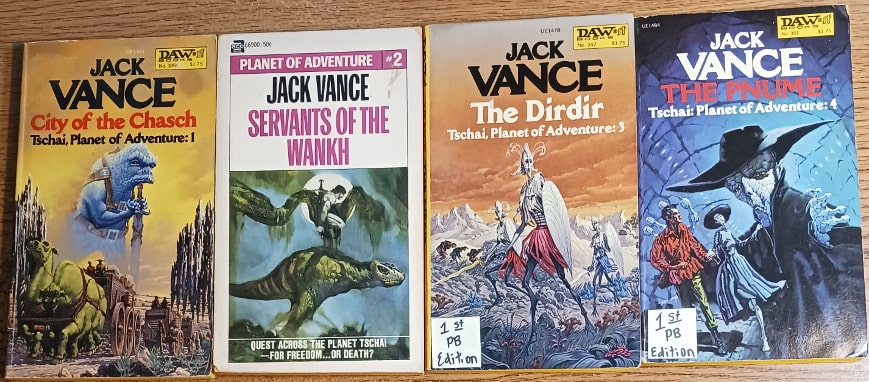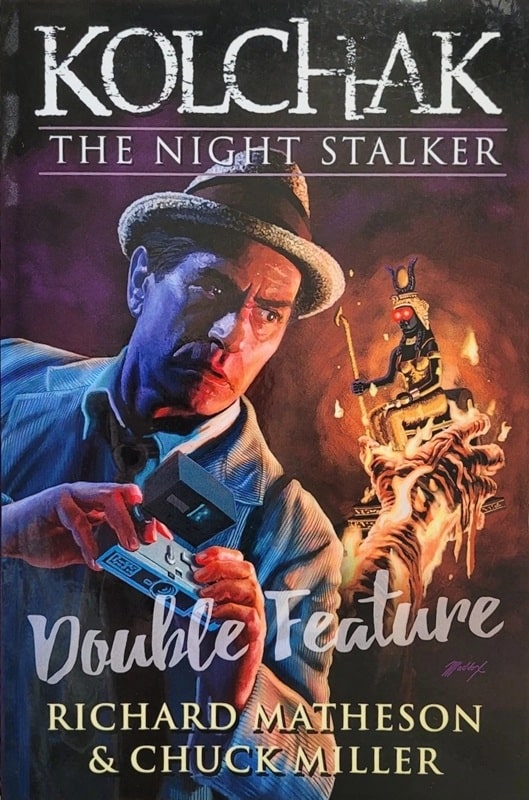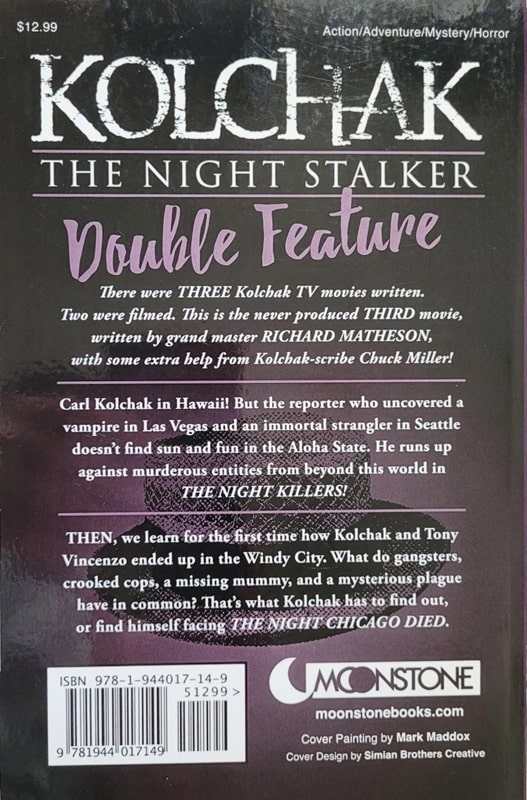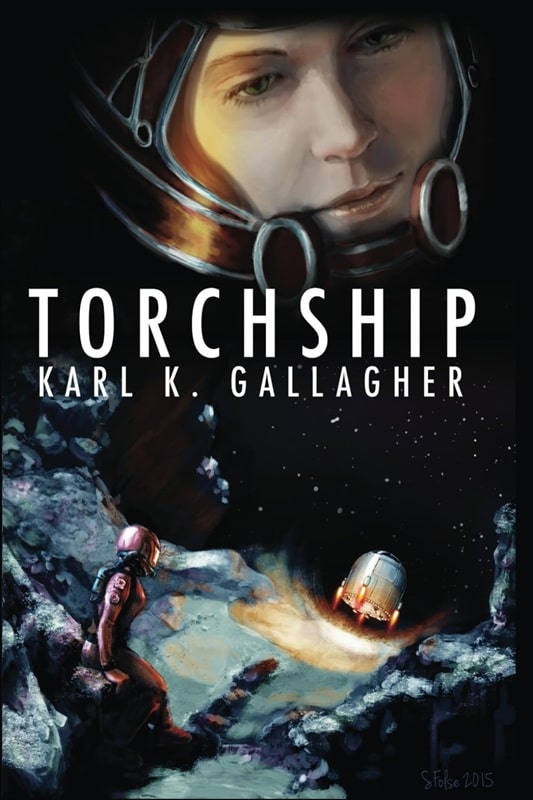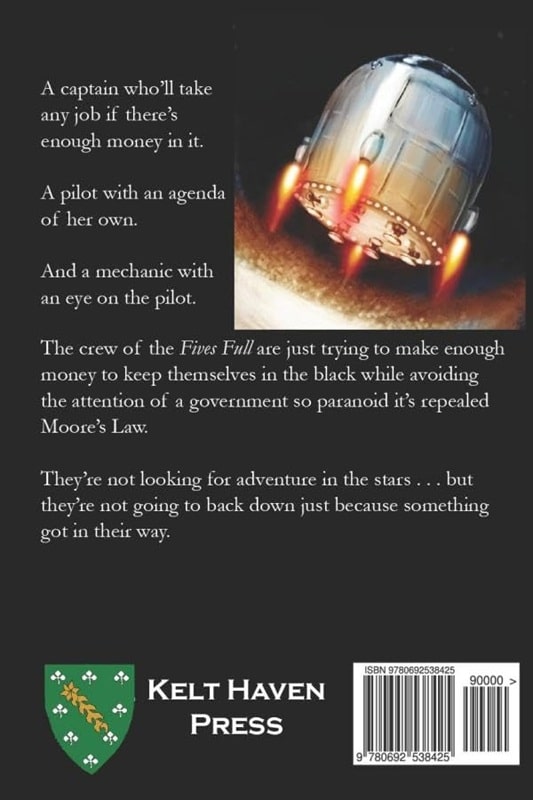Tor Doubles #29: Ian Watson’s Nanoware Time and John Varley’s The Persistence of Vision

John Varley makes his third and final appearance in the Tor Double series in volume #29, which was originally published in January 1991. Ian Watson makes his only appearance in this volume.
The Persistence of Vision was originally published in F&SF in March 1978. It won the Hugo Award and Nebula Award as well as the Locus poll. It was also nominated for the Ditmar Award.
Varley offers a United States which has gone through a series of boom and bust cycles. During one of the bust cycles, Varley’s narrator decides to travel from his native Chicago to Japan, but with the economy being the way it is, he isn’t able to take any form of public transportation, instead walking and relying on the occasional ride. Rather than heading straight west, he takes a more southerly route to avoid the radioactive wastes of Kansas and other Great Plains states.
